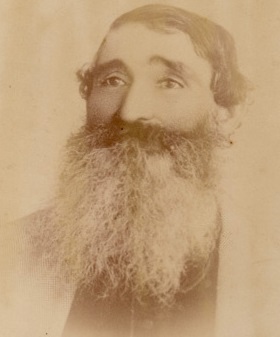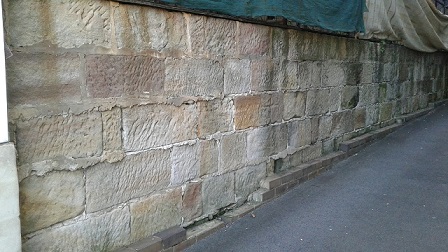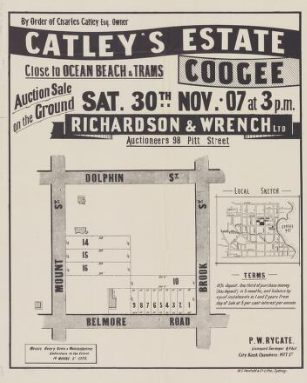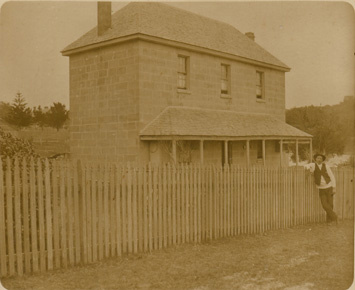Coogee Media
HISTORY | STORIES | BEYOND BLOG & CREATE PEOPLE |
Charles Catley : Coogee's Forgotten Pioneer
Pioneer & Entrepreneur
Cauliflower Hall

Charles Catley Cauliflower Hall no longer stands, but the sandstone retaining wall built along the boundary of 108 Brook Street and 6-8 Ormond Gardens still stands. The NSW Heritage Office describes the wall as being significant evidence of the early development of Coogee and its historic associations with Charles Catley. The sandstone wall formed part of the site works associated with Catley's house, and the early development of Coogee.

Sandstone Wall associated with Cauliflower Hall that can be seen from Brook Street

Catley married Charlotte McClennahan in 1850. They had seven children: Elizabeth (1851-1945), George (1864-1942), Charles Good (c1857 -1948), Charlotte P (1860- ), Sarah (1863 - ), William (1866-1878), and Emma (1870 - ). (We could not locate Charles Good's birthday on the New South Wales Births, Deaths & Marriages database). Charlotte Catley died in 1906. Catley lived in Coogee for the rest of his life. When he first started his business there, Coogee was an isolated and sparsely populated place. As it became known as a surfing and swimming resort, and there was no shop where any refreshments could be obtained, his wife, Mrs. Charlotte Catley opened the first business to cater for visitors, a little shop near the beach, and she operated long after there was any necessity for her to work, as everyone looked for her familiar and kindly face when visiting Coogee Beach.
Community Leader Catley's market garden proved to be very profitable and as Coogee became a popular place to visit and its population increased, his land holdings also substantially increased in value. In 1907, for instance, he sold off 16 allotments in the block bounded by Coogee Bay Road, Mount, Dolphin and Brook Streets. Catley was an extremely wealthy man at the time of his death. The Daily Telegraph reported that his estate was valued at £20,721, 13s. This would be $2.5 million in today's money according the the Reserve Bank of Australia's inflation calculator: The testator [Charles Catley] , who died in May last, appointed the Perpetual Trustee Company his executors and trustees. He bequeathed to his daughter, Emma Martha Catley, the house in Brook Street, Coogee, together with two allotments of land connected with it, for life, and his house at Arden Street, Coogee, to his daughter, Elizabeth Burdette Catley, also for life. To his daughter Sarah Ann Catley he left the house in Arden Street, adjoining the other in that thoroughfare, and the land belonging thereto, and he devised about 10 acres of land in Botany Street to his two sons, George Catley and Charles G. Catley, in equal shares as tenants in common. A direction was given for the investment ot £600, the income therefrom to be paid to his daughter, Charlotte Phoebe Ross, wife of Thomas Ross, during her life, and after her death the corpus to be divided among her children. A direction was also given that the residue of his estate was to be sold and converted into money, which was to be paid to testator's children in equal shares.

Cauliflower Hall, Brook Street, Coogee Catley was buried in Randwick General Cemetery (Anglican Section "a" , plot No. 33) next to his wife who predeceased him in 1906.
Catley's Coogee Cauliflower Soup Recipe
Depending on how much salt is in the butter and stock, you might want to add some salt to taste. If you are not fussy about it being vegetarian or vegan, you could use chicken stock instead of vegetable stock. Serves 4.
References Copyright © Coogee Media All rights reserved
|